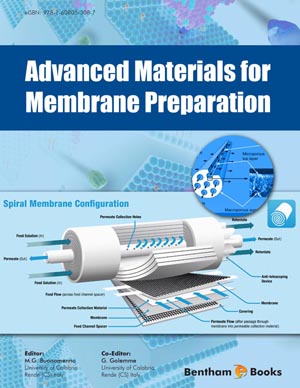Abstract
SHS investigation development is considered from the geographical and historical viewpoint. 3 stages are described. Within Stage 1 the work was carried out in the Department of the Institute of Chemical Physics in Chernogolovka where the scientific discovery had been made. At Stage 2 the interest to SHS arose in different cities and towns of the former USSR. Within Stage 3 SHS entered the international scene. Now SHS processes and products are being studied in more than 50 countries.
Abstract
Polymer Electrolyte Membrane Fuel Cells (PEMFC) are widely based on Nafion due to its high proton conductivity. Crucial role for the transport in hydrated Nafion is played by its nanophasesegregated structure in which hydrophilic phase is embedded in a hydrophobic matrix. Molecular Dynamics (MD) simulations of Nafion 117 using two extreme monomeric sequences may be an useful tool to study the transport: one very blocky and other very dispersed. Both produce a nanophasesegregated structure with hydrophilic and hydrophobic domains. The blocky Nafion leads to a characteristic dimension of phase-segregation that is ~ 60 % larger than for the dispersed system. This leads to a water diffusion coefficient for the dispersed case that is ~25% smaller than for the blocky case (0.46x10-5 cm2/s vs. 0.59x10-5 cm2/s at 300K). The experimental value (0.50x10-5 cm2/s) is within the calculated range. In addition, the vehicular diffusion of hydronium is not affected significantly by the monomeric sequence: therefore, the hopping diffusion is the main mechanism for the proton transport.
In this work, we investigate a new molecular architecture in which water-soluble dendrimers are grafted onto a linear polymer for application to Polymer Electrolyte Membrane Fuel Cells (PEMFC). Using full-atomistic MD simulations, we examined the nanophase-segregation and transport properties in hydrated membranes with this new architecture. In order to determine how the nature of the linear polymer backbone might affect membrane properties, we considered three different types of linear polymers such as poly (epichlorohydrin) (PECH), poly (styrene) (PS) and poly (tetrafluoroethylene) (PTFE) each in combination with the second-generation sulfonic poly aryl ether dendrimer to form PECH-D2, PS-D2, and PTFE-D2. Our simulations show that the extent of nanophase-segregation in the membrane increases in order of PECH-D2 (~20 Å) < PS-D2 (~35 Å) < PTFE-D2 (~40 Å) at the same water content, which can be compared to 30~50 Å for Nafion and ~30 Å for Dendrion at the same water content. We find that the structure and dynamics of the water molecules and transport of protons are strongly affected by the extent of nanophase segregation and water content of the membrane. As the nanophase-segregation scale increases, the structure in water phase, the water dynamics and the proton transport approach those to those in bulk water. Based on the predicted proton and water transport rates, we expect that the PTFE-D2 may have a performance comparable with Nafion and Dendrion.
Keywords:
Molecular dynamic (MD), membranes for fuel cells, Nafion 117, PEMFC, polyepichlorohydrin, sulfonic polyarylether dendrimer, dendrion, nanophase segregation.
Recommended Chapters
We recommend

Authors:Bentham Science Books


 Download PDF Flyer
Download PDF Flyer



